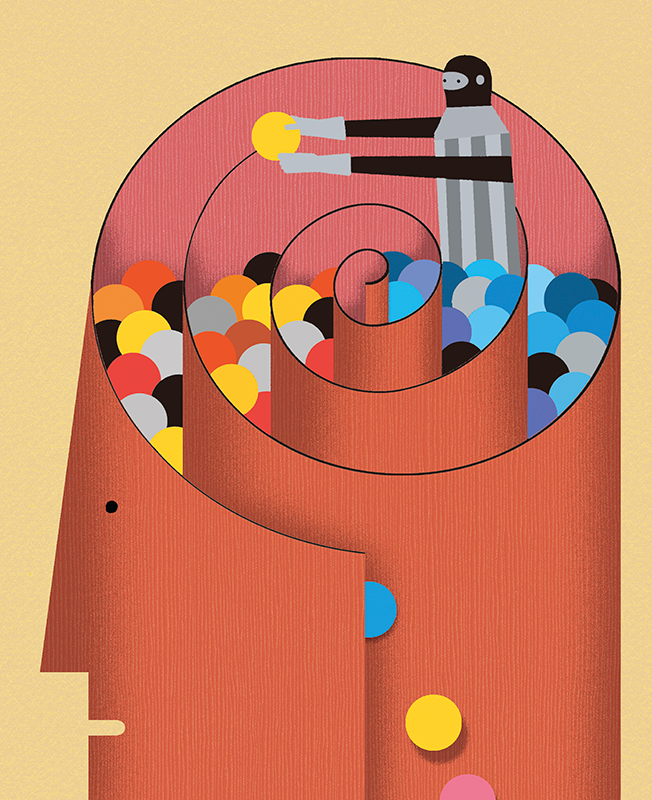Inspiration meets innovation at Brandweek, the ultimate marketing experience. Join industry luminaries, rising talent and strategic experts in Phoenix, Arizona this September 23–26 to assess challenges, develop solutions and create new pathways for growth. Register early to save.
Natural systems have a closed loop. Think about a tree: Its roots gather water and nutrients, enabling the tree to grow limbs and leaves that capture sunlight and provide shelter and food for insects and animals. The leaves fall and return nitrogen to the soil, providing nutrients back to the tree's roots. Take any piece of that out—the water, for example—and the whole system fails.

Charlie Fiordalis
All digital marketing systems want to have a closed loop but can't always achieve one.

WORK SMARTER - LEARN, GROW AND BE INSPIRED.
Subscribe today!
To Read the Full Story Become an Adweek+ Subscriber
Already a member? Sign in

